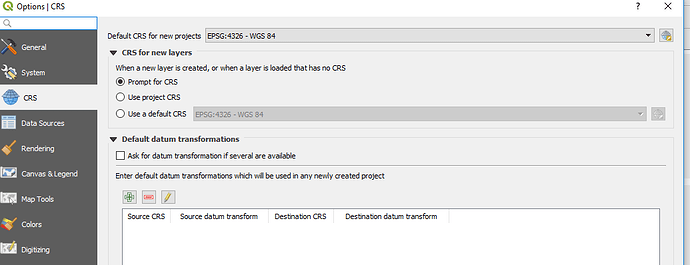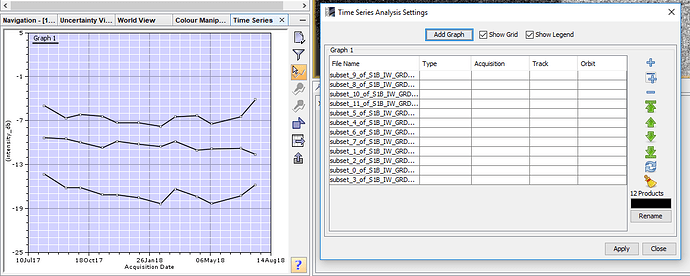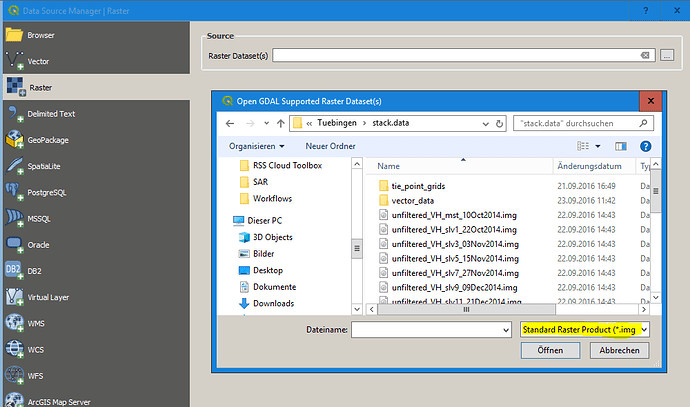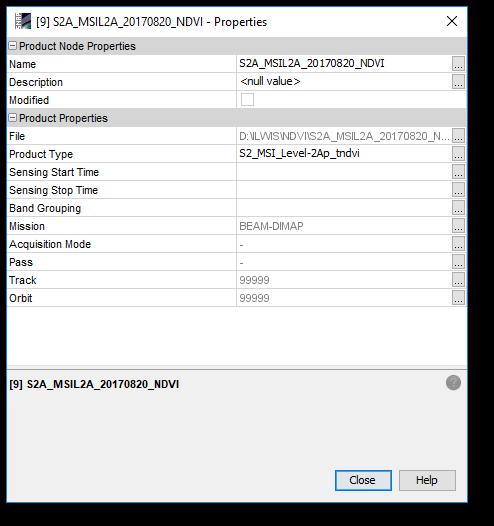Does it possible to create time series (like Radar time series) of NDVI of a point (pin), line or polygon in Snap ? If yes, how?
the same as with the radar data: Sigma0 VH/VV analysis
Download the optical data, create an NDVI band (give the same name for all products) and use it in the time-series tool.
I tried but it doesnt work.
Thanks
we cannot help if you don’t give us more information on how you processed the data and how it doesn’t work.
I did everything as I did before for Sentinel 1 time series. However It doesnt show any graph. If you remember, even in SAR data it was only showing when the cursor on. At this time it doesnt show anything even when the cursor on. Maybe there is some problems in my SNAP (even I updated) or I am missing something but honestly, I dont want to spend my time again and I will try to do in other platforms.
Do you have any suggestions? Which program (Erdas, Envi, ArcMAP etc.) is better/useful for SAR time series analysis?
Thank you again
you could try google earth engine:
http://www.markcherrie.net/post/gee/
https://developers.google.com/earth-engine/charts_image_series
Thank you I will check it.
Another option would be to process your Sentinel data in SNAP, export NDVI files as GeoTIFF (or any other raster format compatible with QGIS), import them to QGIS and install the plugin Value Tool. There is no difference if it is optical or SAR.
You will then have a graph that shows the temporal profile.
M
Dear ABraun,
I tried exactly what you explained here with a times series of NDVI, but it does not work.
I am wondering if the time series tool is mean to work only for spectral data…
I have the impression that the problem is that when the map list is included in the tool window, the image-date is not recognized…
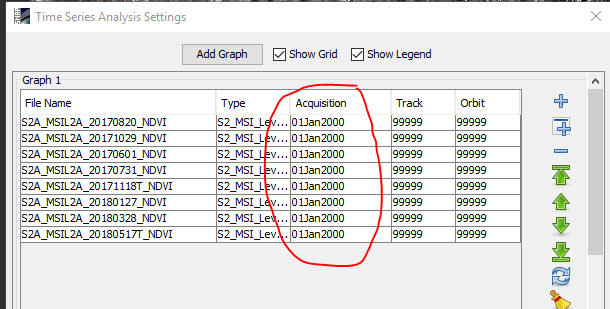
Do you know how can it work?
Thanks,
Diana
if the acquisition date ist lost in the metadata the time-series tool has nothing to refer to.
How did you process your data up to this point? Did you stick to the BEAM DIMAP format?
Which data type extent works (for SAR images) in QGIS?
you can directly open any img file (inside the data folder of a BEAM DIMAP product) in QGIS.
[> Blockquoteuote=“ABraun, post:12, topic:11515, full:true”]
you can directly open any img file (inside the data folder of a BEAM DIMAP product) in QGIS.
[/quote]
if you mean these data below, QGIS gives error.
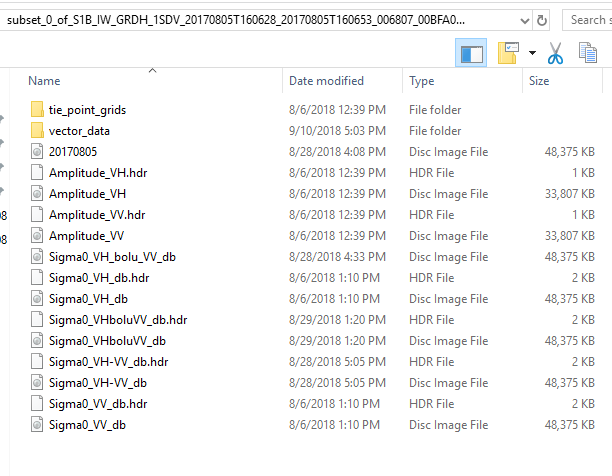

the format should not be a problem acutally. Did you terrain correct your data? It is unlikely that this caused the error but QGIS cannot display the data without any projection.
Maybe you should copy the img + hdr file pair into a new folder without any special characters (including the -)
Yes I did.
my qgis projection:
I tried but it doesnt work, too.
Meanwhile in my time series in SNAP doesnt show any data(type, acquisition etc.) but shows time series when the cursor on. Do you think there is a problem on my terrain correction or calibration?
Thanks for your reaction Andreas.
Yes, the data comes from processing original files: resample, subset and NDVI calculation all in Beam Dimap format… so I don’t know why the date is lost (and indeed it is ,as you can see from the properties of the NDVI image attached…)
I cannot find where the problem is!
S2A_MSIL2A_20170731_NDVI.dim (20.5 KB)
click on the refresh button to display the metadata ![]()
How did you open the img fils in qgis? I suggest using the import dialogue ![]() and selec the raster from the menu
and selec the raster from the menu
@chavarro: The dim file only contains the metadata. You also need the data folder with the same name. Both together form a raster product and must be stored in the same directory with exactly the same name (*.dim + *.data)
Yes, yes, I have both per every NDVI image… is that I could not upload the folder…
This is how it looks like:
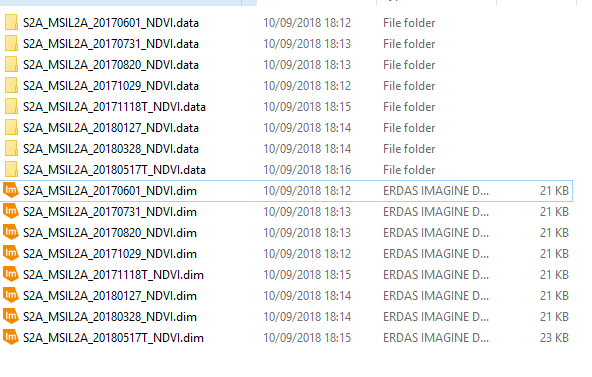
But for a reason that i don’t understand the metadata is not added… so the properties of every map look like this:
ok ![]()
now it worked. Thank you. ![]()
